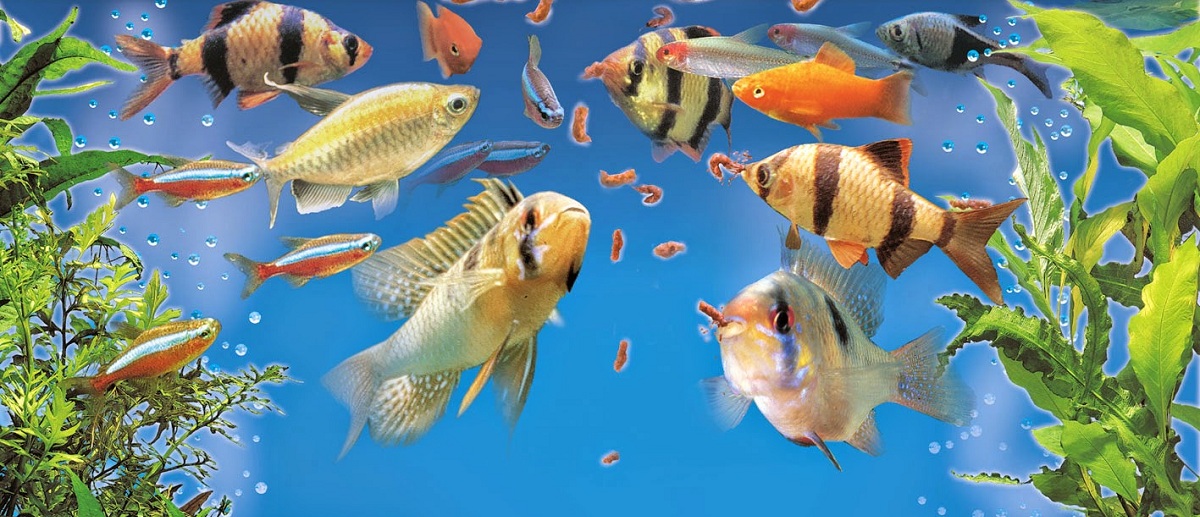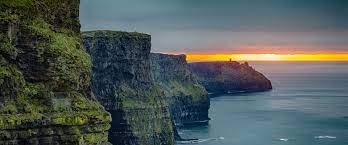Types of aquarium fish food
Aquarium fish food should be done preferably daily, although a day of fasting per week is not at all negative for the health of the fish. The type of food used should be varied whenever possible, alternating scales, frozen foods, vegetable foods, etc.
If the fish feed on a regular basis at the same time, you can observe after a few days, with joy and surprise, that the fish at their usual time of eating, it seems by their behavior, wait for the food. A good opportunity to observe their behavior.
We should always throw little food at the aquarium and check that it has been all consumed before adding more. If every time we throw a lot of food, it will end up falling on the bottom of the aquarium contaminating the water. We must say that if we have species of fish that urge the bottom in search of food like for example the corydoras. If we have to make sure that part of the food reaches the bottom.
So, unless we have bottom fish, the pattern to follow with food is to add the total amount of food slowly by making sure that it is all consumed, before reaching the bottom of the aquarium.
In this article from http://aquariumfishblog.com, we explain how to take care of your aquarium, aquarium fish, aquarium plants and aquarium fish diseases.
The most appropriate diets for aquarium fish
Carnivorous fish: they feed on other fish, worms, insects and even crustaceans. They require a diet richer in proteins and lipids.
Omnivorous fish: feed almost everything. Their varied diets give us a wide range when it comes to choosing your food. A mixture of proteins, carbohydrates, and lipids will be essential.
Herbivorous fish: Contrary to popular belief, their diet is not based solely on the vegetable intake. These, also eat small live prey if they have the occasion. They need a good supply of carbohydrates.
If you can prepare the fish food in your home, here you have a link with the preparation of the homemade fish food.
Types of Aquarium Fish Food
Dry foods:
In the market, we find them mostly in the form of scales. The scales tend to float on the surface until they are a hydrant, at which point they begin to descend towards the bottom. There are also granular formats. We must be careful with the latter since they take longer to hydrate and fish when they are still dry can suffer problems of dropsy, intestinal obstruction. It is advisable to take a little aquarium water in a glass and leave them for about 5 minutes to hydrate properly. We can verify that when they hydrate they swell and can double their volume.
The different formulations that exist in the market allow the aquarófilos lack of time, to give to their fish a varied feeding. We also find these foods in the form of powder for fry and also in the form of tablets for the fish bottom. Feeding the bottom fish using tablets should preferably be done at night with the aquarium in the dark so that the rest of fish do not consume it, giving them a real feast, not very recommendable when they have previously fed with their food in flakes, etc…
Before buying a large container of dry aquarium fish food, try with small amounts because you can find the situation that a particular brand or composition does not like your fish.
Remember that this type of aquarium fish food should not be used in a unique way.
Fresh foods:
They consist of frozen foods, raw or cooked foods, molluscs such as mussels, beef heart meat, etc. The primary objective in this type of fresh food is to conserve vitamins Intact, quite the opposite of what happens with foods placed in preserves, in which a lot of vitamins are destroyed.
Worms :
In this category also incorrectly include aquatic larvae of several species of mosquitoes. They are found in swamps or in seas of water rich in organic matter. All of them, like tubifex, are rich in proteins. Although it is an excellent food we should not abuse them for the feeding of the fish. This type of live food can be kept for several days in the refrigerator.
Fish Meat:
Not all fish meats are suitable for feeding aquarium fish because of a multitude of reasons. For example, the sardine has a meat too fat, the tuna has too much blood, etc …
The fish meat must be raw to the fish because if we cook it will crumble and will greatly discolor the water of the aquarium. This type of feeding is convenient and appreciated by most aquarium fish.
Molluscs :
These offer us a variant in the menu. They are used mainly in marine aquariums where their guests very often reject any artificial food. It’s very rich in proteins and carbohydrates. And also contain numerous minerals and vitamins such as magnesium, phosphorus and vitamin C. The molluscs must be very fresh when buying them and then give them to the fish. Discard any mollusk that emits a suspicious odor. As a precaution to take into account, you must soak them well so that they expel all the contents of their stomachs.
Fish eggs:
It is an excellent food for fry and small species. Prawn eggs are particularly sought after, as are cod eggs, for example. In addition to their nutritional properties, they have a stimulatory effect on reproduction and growth.
Vegetables :
Virtually all fish need a vegetable supply in their diet. Intake of vegetables is not exclusively reserved for herbivores. The options are great: lettuce, cucumber, spinach, giants and even potatoes, among others. All vegetables introduced into the aquarium must first be thoroughly washed to eliminate any presence of insecticides. Raw, vegetables retain their vitamins but have the drawback of keeping them floating on the surface of the aquarium. Cooked, they will satisfy the bottom fish but the vitamins will be destroyed in great quantity. Frozen vegetables can be served with the fish without fear.
Tubifex :
They are real worms, small and alive that inhabit the marshes and stagnant waters. This habitat rich in organic matter suggests that tubifex is carriers of undesirable bacteria. It is a food considered at risk so it is imperative to purify the tubifex before distributing it in the aquarium. The best way to do this is to run a small thread of water in the container that contains them so that the tubifex empty their intestines for several days. They can be kept for a week, as long as the water in your container is changed every day.
Daphnia :
These are small crustaceans that are mainly caught in pits and seas rich in organic matter. The coloration of the Daphnia depends on its feeding. There is therefore white, red or brown daphnia. The most common are Pulex daphnia. These small crustaceans feed on algae and plankton and are highly prized by almost all the fish that inhabit our aquariums. Food highly recommended for fry.
Cyclops :
Cyclops are small freshwater crustaceans that owe their name to the fact that they do not have more than one eye. Although they are appreciated by small fish and fry, cyclops are dangerous if their size reaches 5 mm, as they are predators and sometimes become hunters and not prey.
Raw meat:
In general, red meat that is too fat is inadvisable. The heart of veal, on the other hand, rich in lipids is very used for both freshwater and saltwater fish. The liver is also used as a food source. Digestion of red meats can sometimes cause problems. White meats are certainly more appropriate (turkey, chicken). The feeding of fish with heart (and liver) should be occasional. Before feeding well washed, the heart and liver will be cut into thin sheets or into small cubes.
The grindal worm:
These are white worms that measure about 3 mm in length. They are very used for feeding the fry. Many aquarófilos breed them. Visit the breeding link of the grindal worm for more information.
Conclusion
The good choice of aquarium fish food and the variety in the menu are key to getting a good acclimatization and reproduction of the vast majority of species that we keep in our aquariums. Their dispensing at regular times of the day is also of great importance.
From the above Aquarium Fish Food, you can pick up the foods you like for your favorite fish.



